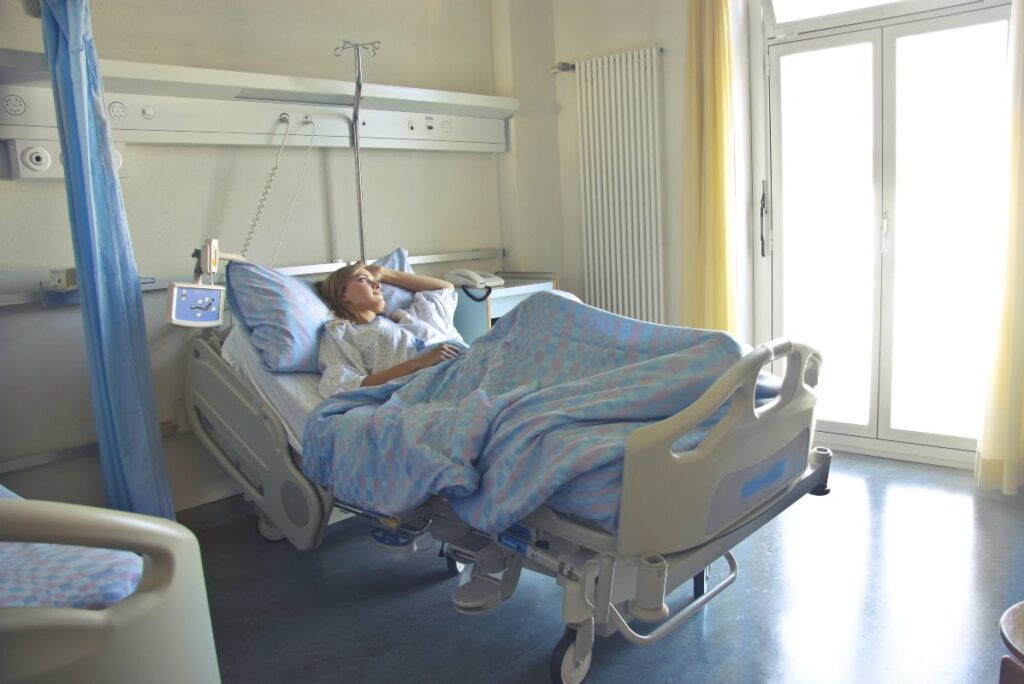Israeli researchers have developed a computer model that proposes ways to use daylight to improve the health of patients in hospitals.
The computer model developed at the Technion – Israel Institute of Technology in Haifa creates guidelines for hospital rooms, including simple architectural designs such as fully opening windows, adjustable blinds and light shelves that reflect natural daylight into a room.
The researchers believe that their model can be applied in other environments such as workplaces and educational institutions.
They additionally stress the importance of re-evaluating daylight availability of a hospital room as the orientation of sunlight changes with every season.
Prof. Guedi Capeluto of the Faculty of Architecture and Town Planning and master’s student Rinat Hadashi Gannon created their computer model by measuring seasonal daylight in inpatient rooms at the Soroka Medical Center in Be’er Sheva, southern Israel.
They chose to conduct their research at the most common kind of hospital room in Israel: a two-bed, semi-private room, where the patient in the bed furthest from the window is exposed to insufficient daylight due to the distance from the glass, the screens between beds and the control of curtains and blinds by the patient nearest the window.
Previous international research has shown that the incorporation of daylight in inpatient wards contributes to lower medication use, reduced length of stay, improved sleep quality, reduction in depression and stress, and even a decrease in mortality rates.
Related posts

Israeli AI Safety Tool Among TIME’S Best Inventions For 2024

TAU Team Discovers Mechanism To Eliminate Cancerous Tumors

Ashdod Port Investing In Startups As Part Of Innovation Strategy




Facebook comments